
Cart & Driver
Electric golf cars ride the green in Placer County
The city of Lincoln has embraced an alternative mode of transportation — the neighborhood electric vehicle — and so has Sacramento Valley Golf Carts, the city’s only sales and service center for golf carts and NEVs.

Founders Keepers?
When growing a startup requires a change in leadership
Since founding Sierra Energy Corp. in 2004, Mike Hart has led the charge to make it a force in the world of renewable energy. This year, with a working gasification system to demonstrate for new investors, Hart is stepping aside as CEO.

Feast or Farmin’
Sac aqua farms produce 85 percent of the world's white sturgeon caviar
Inside a concrete warehouse a few miles past Sacramento International Airport, an 80-pound white sturgeon is hauled onto a table, sliced throat to tail and relieved of its egg-stuffed ovaries. Workers at Sterling Caviar LLC pack the meat on ice, ship the roe elsewhere and repeat the process.
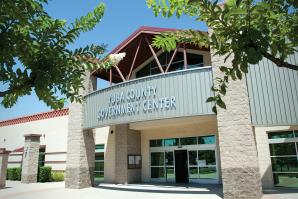
A Light in the Attic
Yuba County pays for green retrofits with energy savings
Yuba County’s infrastructure was crumbling and its budget bleeding red ink when officials came up with a catching solution to their energy problems.
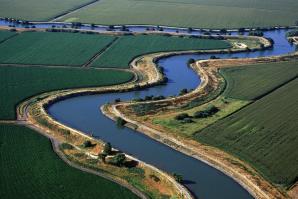
Changing Tide
Turf and money battles continue over California water reform
It’s been about 20 months since lawmakers and former Gov. Arnold Schwarzenegger breathlessly announced a historic agreement called the Sacramento-San Joaquin Delta Reform Act of 2009, an ambitious plan to overhaul the state’s antiquated water system. Much has changed since then, but much more is still on the way.
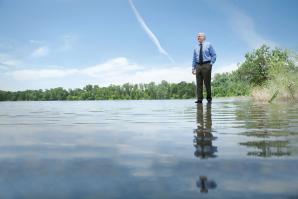
Water Wise Man
Engineer David Ford gives unpopular answers to flood of questions
Being the bearer of unwelcome news rarely makes you the most popular person in town, particularly when it comes to flood control. But it doesn’t worry David Ford, one of the most trusted figures on California’s sometimes-contentious flood control scene and a man with a knack for speaking what Pulitzer Prize-winning journalist Frank Hagar once called “the truth that men prefer not to hear.”

Working lunch with Mark Jansen
According to Mark Jansen, Blue Diamond Growers is a 100-year-old brand that is just now reaching its potential. It’s this goal of establishing the Blue Diamond brand as the world’s No. 1 producer of almonds and almond-related products that lured the lifelong Midwesterner to California with his family late last summer.
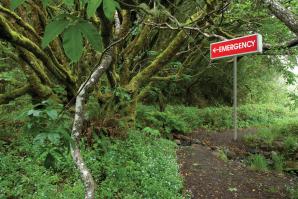
Clean Bill of Health
Certifying green standards for medical facilities
In November, after seven years of work, the U.S. Green Building Council passed construction guidelines for health care facilities. Some local building experts say it’s too early to tell what this means for Capital Region architects and builders; others say it’s too much too late for the region.
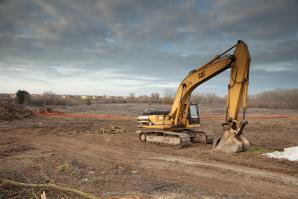
A River Runs Through It
Levee projects under way in West Sacramento
In the 35 years Ken Ruzich has managed local levees, no water event has been more memorable than the 1986 flood that nearly toppled levees along the Yolo bypass. If it wasn’t a 100-year flood, he says, it was close enough: “It was our benchmark.”

The Green Team
Eco-friendly businesses set up shop
Once a U.S. Air Force base populated by concrete buildings and gun-toting soldiers, McClellan is now an eco-friendly business park home to a menagerie of green companies.


